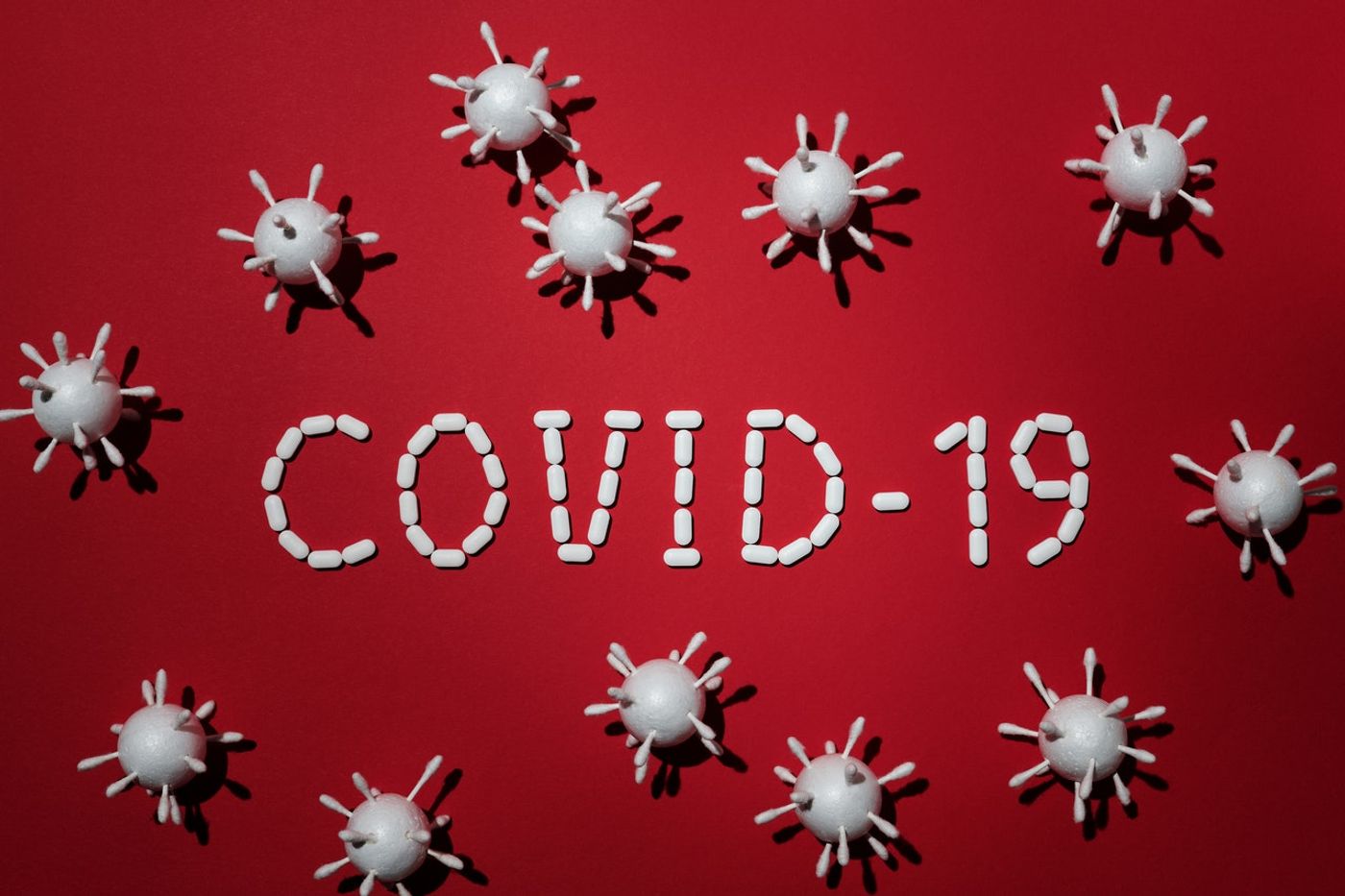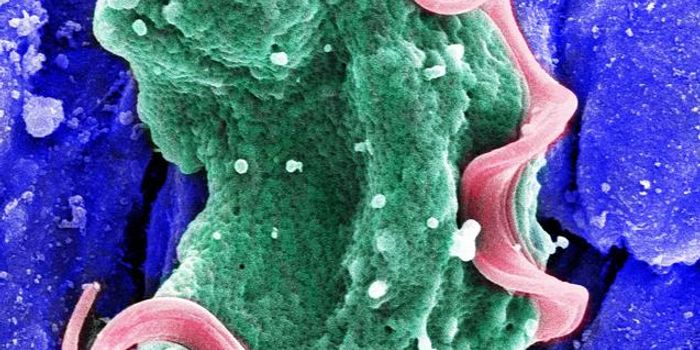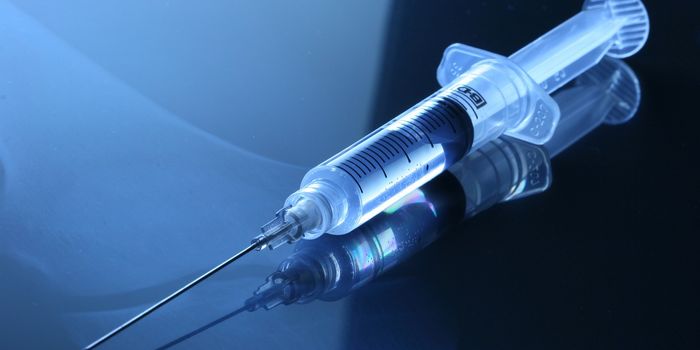The Coronavirus Is No Match Against Sybody 23
The virus that causes COVID-19, SARS-CoV-2, uses its spike protein to gain access to cells, by binding to the ACE2 receptor. Unsurprisingly, stopping the spike protein from latching on to ACE2 has been a major focus in the design and development of COVID-19 therapeutics.
One such approach is by using antibodies (natural immune molecules that attach to pathogens) which have proven to be an effective and targeted way of blocking COVID-19 infection. The problem, however, is that identifying potent antibodies that target the virus and developing them into biological therapeutics has traditionally been time-consuming and costly. As COVID-19 case numbers continue to swell around the world, a lifesaving treatment could not come soon enough, making scientists look to other modalities as alternatives.
In a study published in Nature Communications, German scientists demonstrate the potential of synthetic nanobodies as a viable option to break through the development hurdles associated with bringing COVID-19 biologics to the clinic.
What exactly are nanobodies? These tiny antibodies are found in certain animals such as camels and llamas as part of their natural immune systems. Nanobodies’ small size and stability give them the edge over other (much bigger) immunoglobulins, particularly in the battle against viral pathogens. Moreover, innovations in synthetic screening libraries allow synthetic nanobodies, or sybodies, against a specific target to be identified rapidly — which means they could potentially progress to the clinic faster.
Christian Löw led the study in which the team screened large libraries of sybodies to identify a lead candidate capable of strongly binding to the viral spike protein and disrupting its entry into cells. This lead was called sybody 23 or Sb23.
“Several binders with low nanomolar affinities and efficient neutralization activity were identified of which Sb23 displayed high affinity and neutralized pseudovirus with an IC50 of 0.6 µg/mL,” wrote the authors.
The spike protein’s receptor binding domain, or RBD, flips between two known molecular positions — when it’s “up”, it docks to ACE2 for cell entry and when it’s “down”, it’s evading capture from the body’s circulating immune cells. The beauty of Sb23 is that it can bind to the spike protein in both the up and down confirmations, making it exceptionally effective at shielding against viral entry.
In the next steps, the team plans to perform a series of tests to confirm that Sb23 works just as well at protecting against COVID-19 in the human body as it does in the lab.
Sources: Clinicalomics, Nature Communications.









